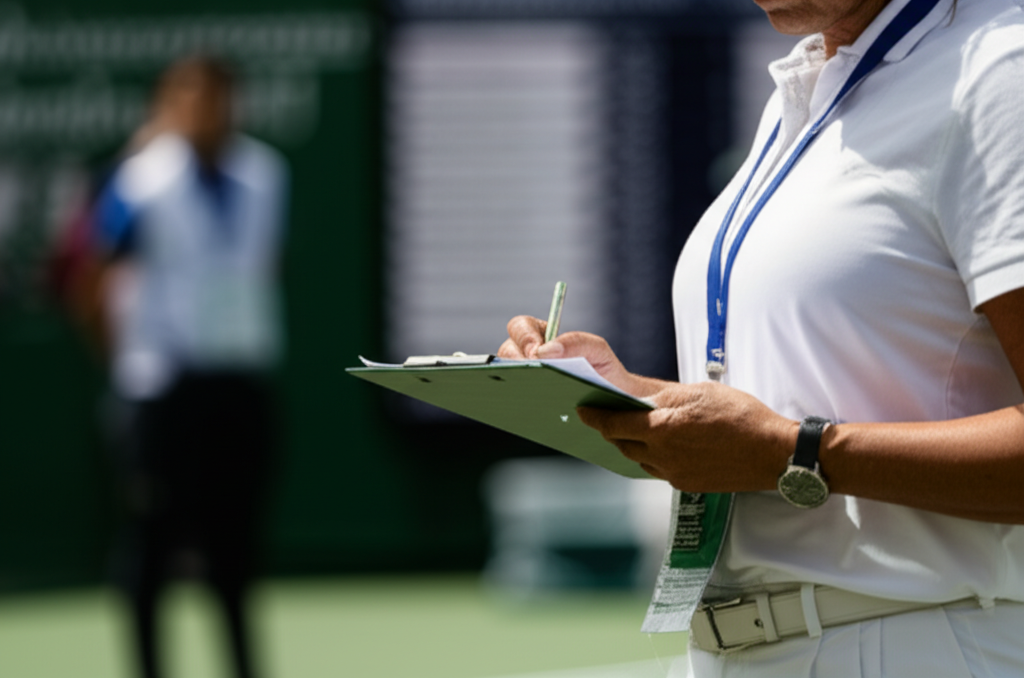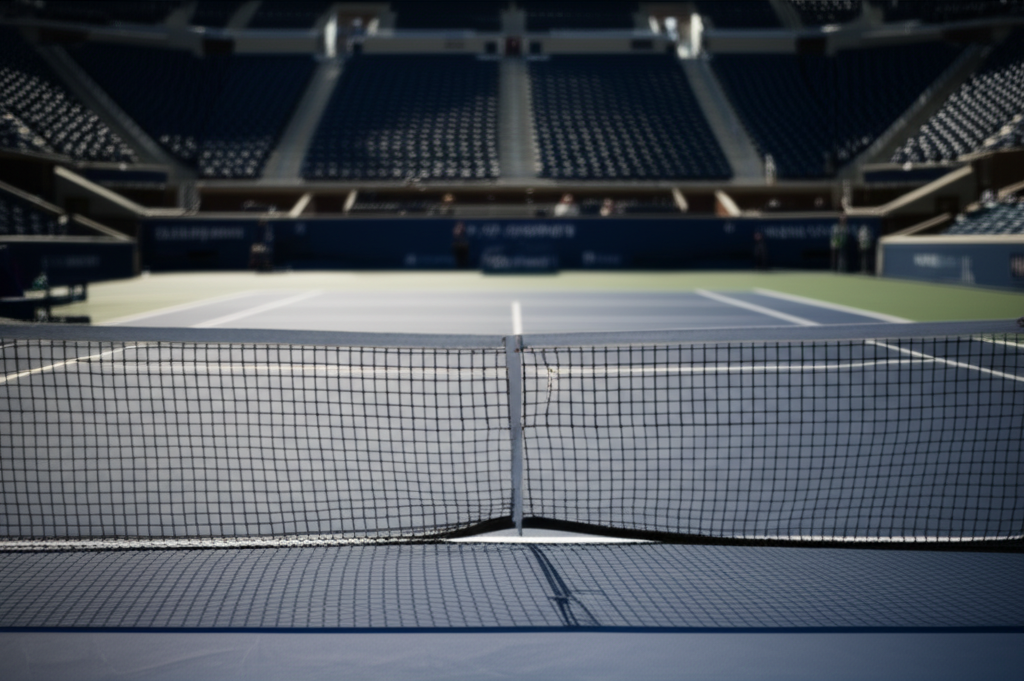A prominent tennis coach has reportedly predicted a wave of star withdrawals from the US Open mixed doubles competition, raising questions about the format’s appeal to top-tier singles players. The forecast comes amid the US Open’s controversial decision to revamp the mixed doubles event, moving it to a standalone, earlier slot in the tournament schedule.

The Precedent of Withdrawals in Grand Slam Mixed Doubles
Withdrawals from mixed doubles are not uncommon in Grand Slams, particularly when singles players advance deep into their respective draws. The inherent conflict between singles aspirations and mixed doubles commitments often leads players to prioritize their main events to ensure recovery and avoid injury. For instance, Emma Raducanu’s withdrawal from Wimbledon mixed doubles in 2024 due to wrist stiffness, despite being partnered with Andy Murray, highlighted this prevalent issue. This decision, while drawing some debate, was ultimately seen by many as a sensible move to protect her singles campaign. Historically, even high-profile teams like Venus Williams and Nick Kyrgios have pulled out of Wimbledon mixed doubles.
Why Mixed Doubles Takes a Backseat
Mixed doubles typically receives the least exposure and attention compared to singles and men’s or women’s doubles. Its visibility often hinges on the participation of major stars. When top players do enter, it’s frequently with the understanding that their singles performance will take precedence. The physical demands of deep runs in singles can make playing additional matches in mixed doubles untenable, leading to late withdrawals.

US Open’s Revamped Mixed Doubles: A Risky Gamble?
The US Open has attempted to address this by significantly elevating the prize money and moving the mixed doubles event to August 19-20, ahead of the main singles draw. The winning team for the 2025 US Open mixed doubles is set to receive $1 million, a substantial increase over previous years. This move was designed to entice top singles players, and indeed, a star-studded provisional entry list has emerged, featuring pairings like Carlos Alcaraz and Emma Raducanu, Novak Djokovic and Olga Danilovic, Jannik Sinner and Emma Navarro, and Aryna Sabalenka and Grigor Dimitrov.
Despite the allure of increased prize money and marquee matchups, some critics have voiced concerns about the new format, which includes shorter sets (first to four games in early rounds, first to six in the final) and a 10-point tiebreak for a third set. Defending champions Sara Errani and Andrea Vavassori, who won the 2024 US Open mixed doubles title, initially criticized the changes as a “profound injustice” but have surprisingly entered this year’s event.
Potential Impact on Star Participation
The coach’s prediction suggests that even with the financial incentives and a dedicated early slot, the core issues leading to withdrawals may persist. Should star players sustain injuries or progress deeply in other tournaments leading up to the US Open, or even during the early stages of their main draw preparations, withdrawing from the mixed doubles event, even if it’s earlier, could still be a strategic decision. The recent withdrawal of Ons Jabeur from the Canadian Open due to injury concerns, for example, illustrates the ongoing challenge of player fitness and scheduling.
While the US Open’s efforts to “elevate” mixed doubles are clear, the ultimate test will be whether the star names who have provisionally entered actually take to the court, or if the history of withdrawals in this discipline continues to repeat itself. Their presence is crucial for generating buzz and providing value to ticket holders and broadcasters, particularly given the lower overall attention mixed doubles typically receives.








No Comment! Be the first one.